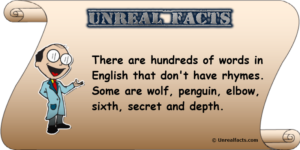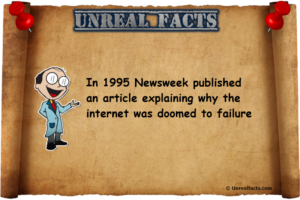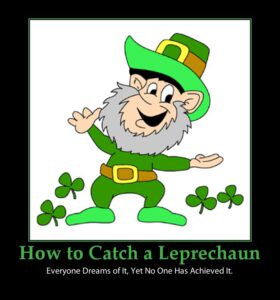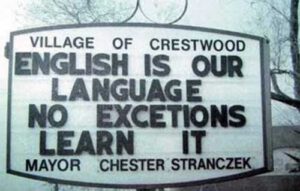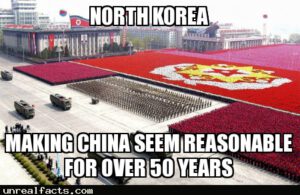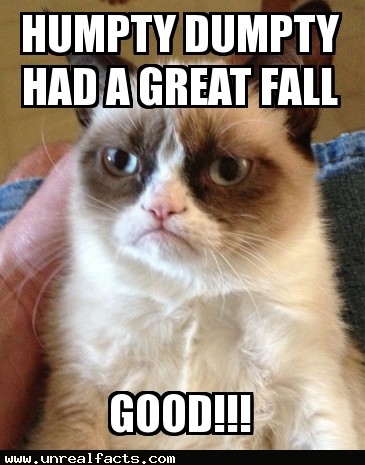 The origin of Humpty Dumpty may not be an egg at all, but a menacing and destructive article of war, a cannon. How is it that Humpty Dumpty may have originally been a cannon and not an egg as is most often portrayed? We will explain as best we can the amazing circumstances to the origin of the popular nursery rhyme.
The origin of Humpty Dumpty may not be an egg at all, but a menacing and destructive article of war, a cannon. How is it that Humpty Dumpty may have originally been a cannon and not an egg as is most often portrayed? We will explain as best we can the amazing circumstances to the origin of the popular nursery rhyme.
When one thinks of the popular nursery rhyme, Humpty Dumpty, they picture a fragile egg that has fallen off a wall. Why is it that he has always been portrayed as an egg in illustrations though? There was never any description in the original text, nor in any verbal context. We can thank the illustrations in 19th century Lewis Carroll’s book, Through the Looking-Glass. The illustrator decided to depict Alice talking to an egg on that wall. That is where we get the persona of him being an egg. The rhyme itself was first published in written form in 1810, and it is pretty much as we know it. Now for the story of the siege weapon.
The origin of Humpty Dumpty as a cannon
The most probable scenario put forward of the origin of Humpty Dumpty as a cannon was delivered by the city of Colchester in the UK in 1996. During the English Civil War (1642-49), a devastating heavy cannon, called Humpty Dumpty, was placed in a strategic position on the church of St Mary-at-the-Wall by the Royalist defending Colchester when it was under siege by Parliamentarian forces in 1648. The town of Colchester at that time was a walled town with castles and churches. According to legend, the cannon called Humpty Dumpty was placed in a prominent position and wreaked havoc among the attacking army. A well placed cannon shot into the wall beneath the cannon bought down Humpty Dumpty. This is where most of the nursery rhyme is supposed to come from.
Humpty Dumpty sat on the wall
Humpty Dumpty had a great fall
All the King’s horses and all the King’s men
Couldn’t put Humpty Dumpty together again
The weapon was sitting on the wall until it had a great fall. According to legend, the cannon was too heavy for “all the kings horses and all the kings men” to lift and put back into working order.
In a 2008 book, an author claimed that he uncovered two additional verses to the origin of Humpty Dumpty being a cannon. He didn’t disclose where or how he came about the two verses, or their current whereabouts. Some experts have claimed that the style varies too greatly from the well known piece, and it was not even the style of poetry at the time. The verses go as follows:
In sixteen hundred and forty-eight
When England suffered pains of state
The Roundheads laid siege to Colchester town
Where the King’s men still fought for the crown.
There one-eyed Thompson stood on the wall
A gunner with the deadliest aim of all
From St Mary’s tower the cannon he fired
Humpty Dumpty was his name.
Another reason this particular theory has been taken so seriously is because Humpty Dumpty was a common nickname used during the 15th century to describe large men. It would have described a large cannon exceedingly well.
So that’s the story of the origin of Humpty Dumpty as a cannon, now for the others.
It has been suggested that he was based upon King Richard III of England. This idea was advanced by Robert Ripley of Ripley’s Believe it or Not fame. The reason is because Richard III was known to be humpbacked, hence the Humpty Dumpty phrase. This theory comes unravelled somewhat as the term humpbacked was not recorded until the eighteenth century.
The other possible origin also comes from the town of Colchester, again during the English Civil War. This time it was believed that he was a “tortoise” siege engine, which is a frame used for breaching city walls. This particular theory was derided by many professionals, but also supported by many.
Whether or not the origin of Humpty Dumpty is based on a cannon, King Richard III, another weapon of war or an egg really is irrelevant. The rhyme has been around for much longer than it has ever been in written form which makes tracking down its true historic meaning all that more difficult. In fact, it could very well just be a nonsense rhyme with not historical significance at all.


